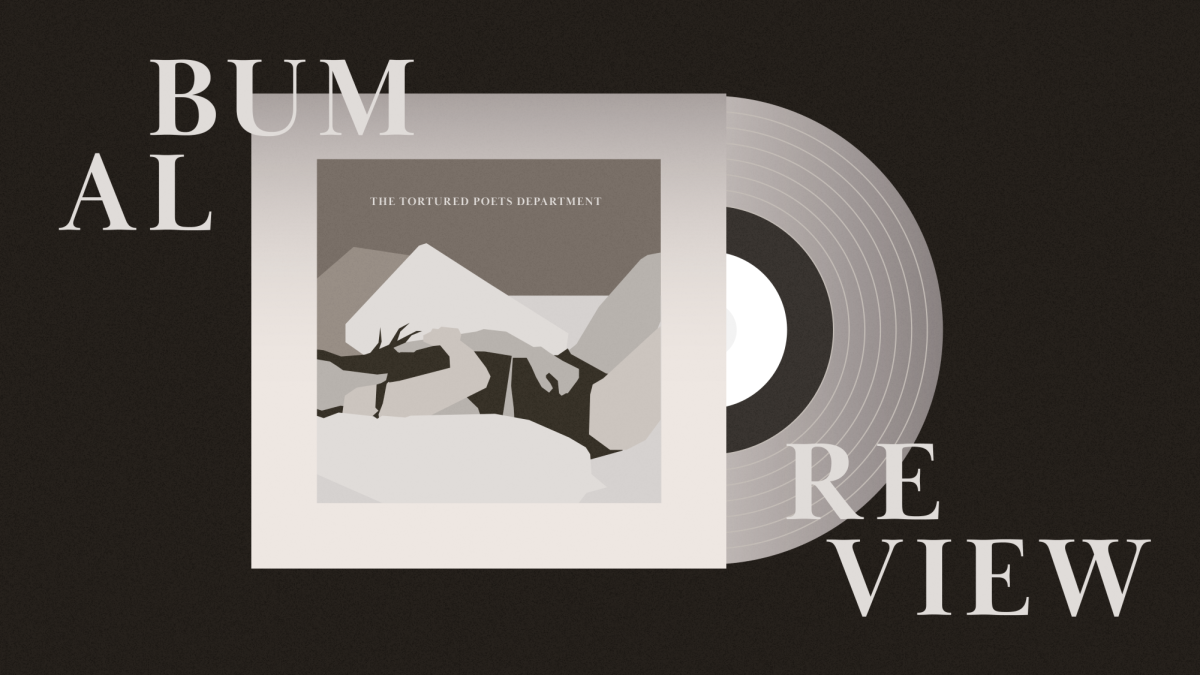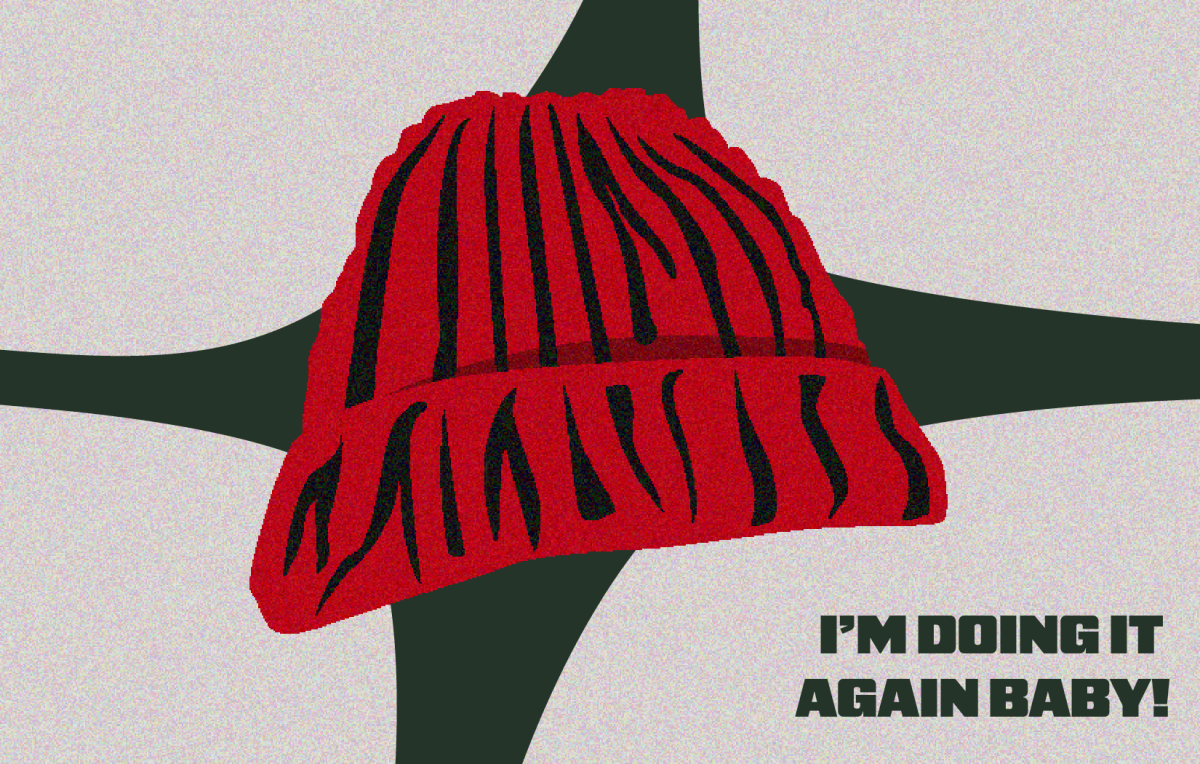
A lot comes to mind when attempting to describe Utah. Hoping to encapsulate the state’s entity by way of art is the State Fine Art Collection, fondly called the Alice Art Collection. Since 1899, the Alice Art Collection has accumulated an assortment of artwork that is either representative of Utah or created by homegrown and talented artists.
Each year, the Alice Art Collection displays segments of its compilation on the fourth floor of the Utah State Capitol. Always staying local, the foundation has titled its recent Utah State Capitol exhibit “Utah Iconography,” and planners of the show have asked the question: What makes something a Utah icon?
“All of us have icons, and we have certain icons we associate with where we live. Of course, our collection is broad, but not broad to include every icon that could ever be thought of,” said Jim Glenn, collections manager for the Alice Art Collection. “We went with the obvious choices of iconic landscapes and iconic names. We also wanted to reference the feelings of Utah and things that are iconographic to the people of Utah.”
The showcase has the gallery essentials, such as landscapes and portraits. In fact, it presents two Gordon Cope paintings. Born in Salt Lake City, Cope dedicated his life to the beauty of Utah’s geography. He was also known as a vigorous impressionist and brought art to many by educating and painting.
Another painting currently located at the Utah State Capitol is a portrait of Salt Lake City native Maude Adams, the actress who brought J.M. Barrie’s character of Peter Pan to the Broadway stage in 1905. In this case, the icon is not the creator behind the work — it is the subject of the portraiture.
Moving from the traditional concepts of art iconography to abstract representations of Utah life, the Alice Art Collection worked to include a broad array of pieces. For instance, the exhibit is highlighting a quilt. To Glenn, crafts and sewing symbolize an important part of the Utah culture and lifestyle. The quilt is an extension of that notion.
From theoretical concepts to abstract art, “Utah Iconography” includes it all. Emily Johnson, collections registrar for the Alice Art Collection, stressed the importance of representing Utah’s art diversity.
“The pieces were chosen because we felt that they represented icons of the state of Utah,” Johnson said. “I mean that in the sense that some of them are easily identified as belonging in Utah, but others we felt contributed the to the sense of what it means to be in this place.”
3D artist Francis Riggs is overwhelmed with the simplicity of geometric shapes. His sculpture “Stargazer,” currently standing on the ground of “Utah Iconography,” is a conglomerate of curved lines and triangular silhouettes. Another creator from Utah, Riggs’s piece may encourage people to imagine looking at a starry night sky in the Utah desert.
“Utah Iconography” is meant to inspire viewers and to get them thinking. “Hopefully, when people look at the show, they will see the regular representations of the Saltair Pavilion or the Great White Throne,” Glenn said. “But hopefully, there is a little bit more depth when you start thinking about what is iconographic to you and your experience in Utah.”






